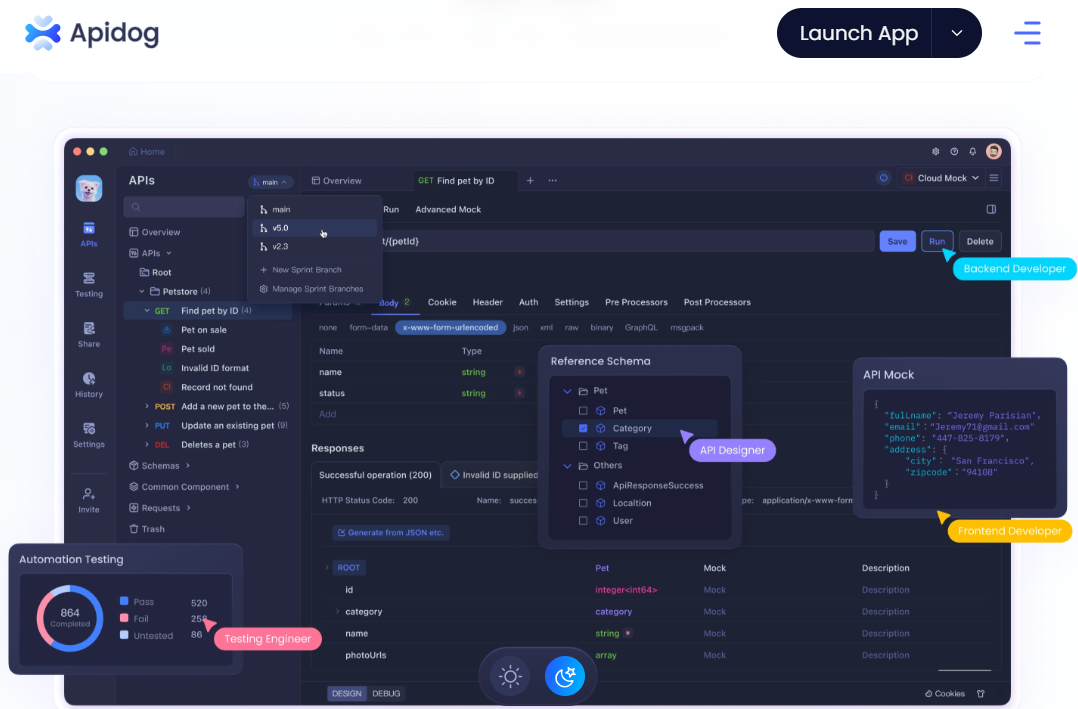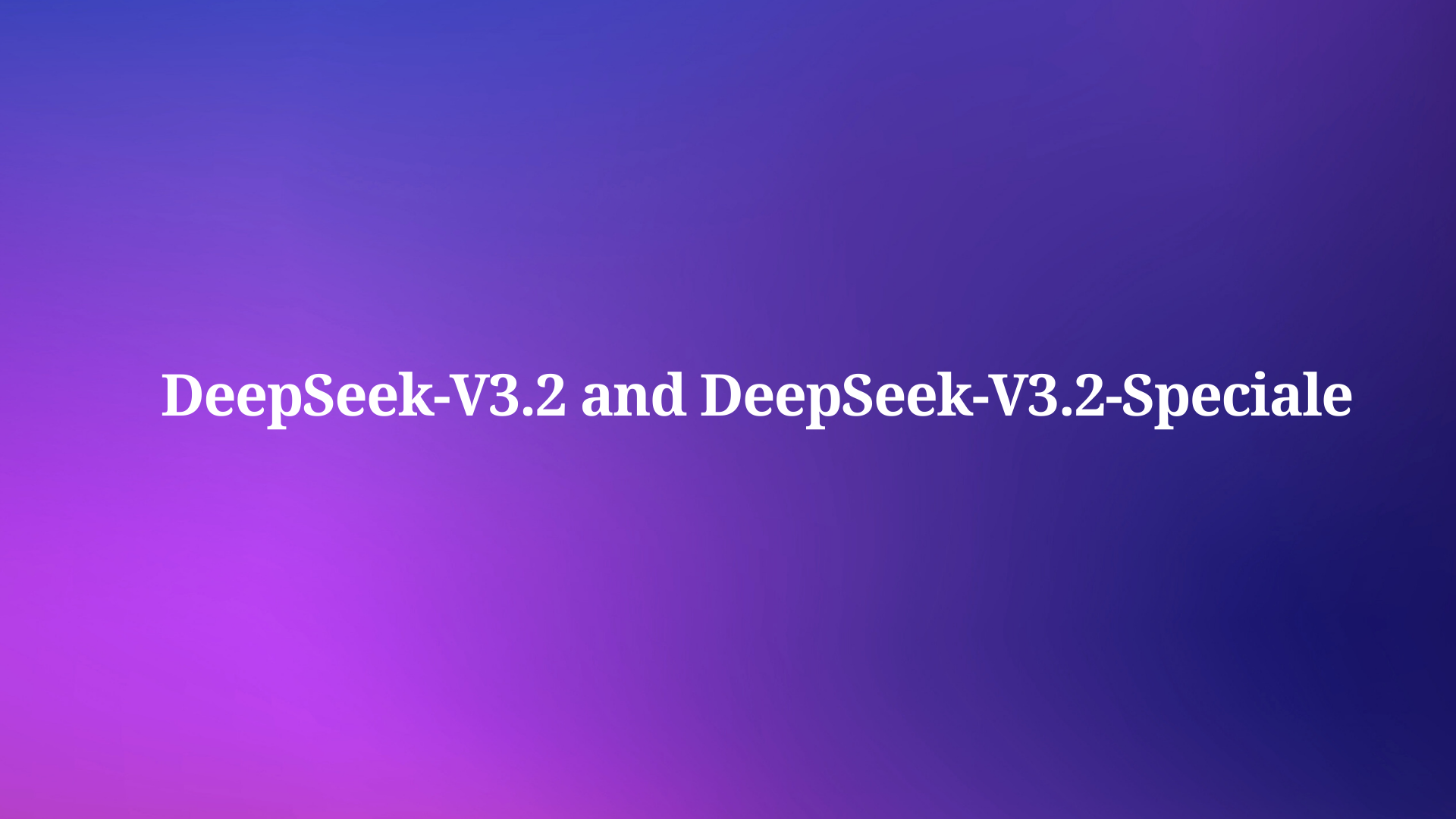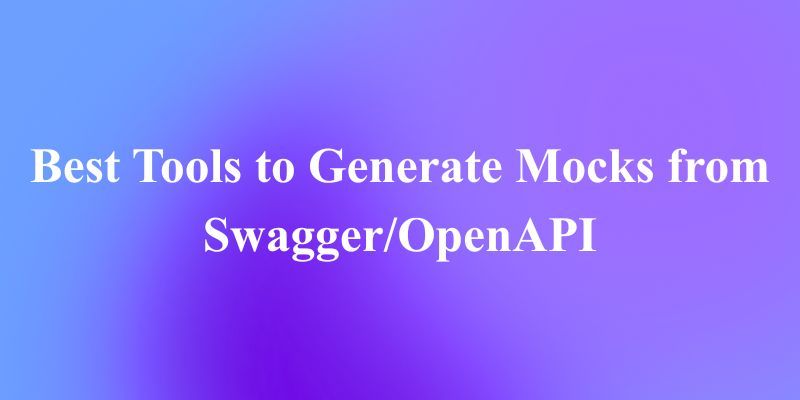Imagine being able to automate your WhatsApp interactions, analyze conversations, and even integrate AI assistants directly into your messaging workflow. It sounds like something out of a sci-fi movie, right? Well, it's closer than you think! Welcome to WhatsApp MCP, where the Model Context Protocol (MCP) bridges WhatsApp with AI tools like Claude and Cursor. This opens up a world of possibilities for automating your messaging and integrating AI into your daily communications.
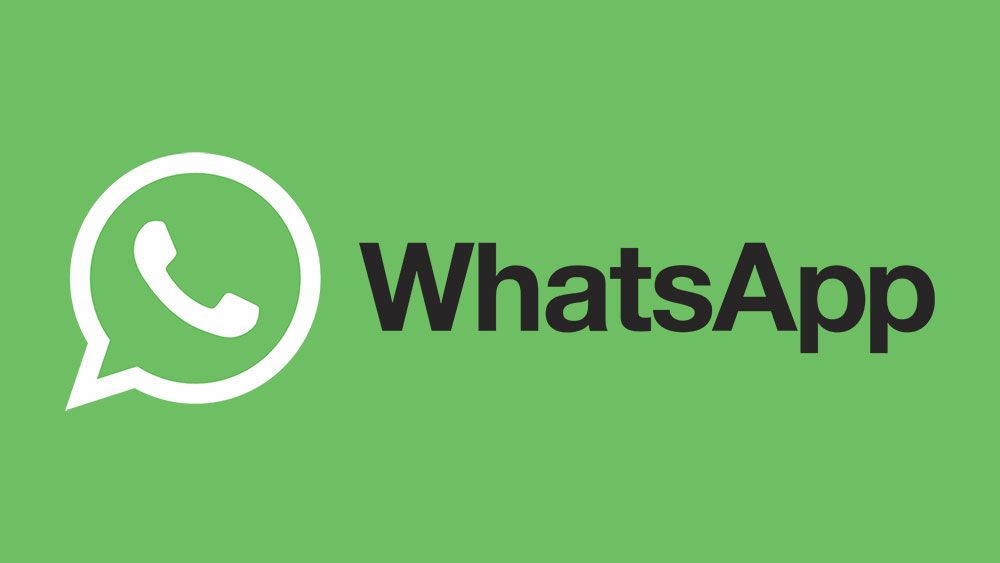
This tutorial will guide you through the setup and mastery of this powerful integration. We'll take it step-by-step, so don't worry if you're new to this kind of thing. Let's dive in!
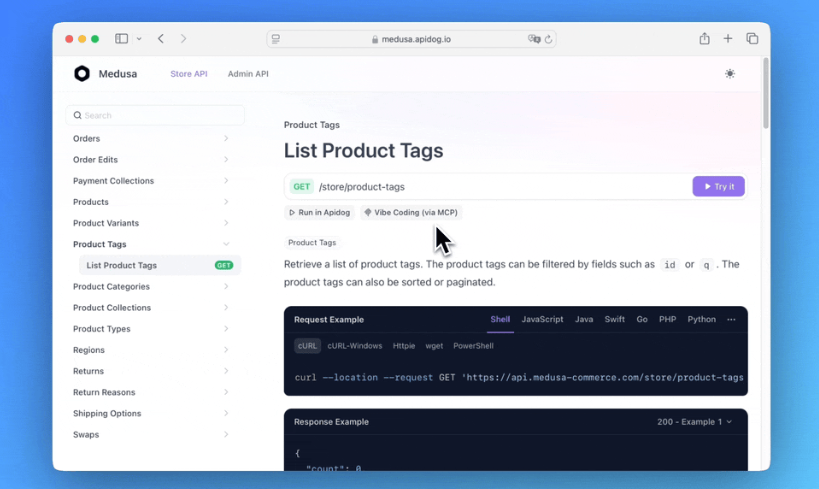
By acting as a bridge between your Apidog projects and Cursor, the Apidog MCP Server ensures your AI assistant has access to the latest API designs, complementing the Memory Bank feature by providing structured API information that Cursor can reference during development. To learn more about the Apidog MCP Server, refer to the official documentation or visit the NPM page. Additionally, consider exploring Apidog—an integrated, powerful, and cost-effective alternative to Postman.
Prerequisites
Before we get started, let's make sure you have everything you need. This might seem like a lot, but don't be intimidated! Just follow along, and you'll be good to go.
1. A WhatsApp Account: Obviously, you'll need a WhatsApp account to use this.
2. GitHub Account: You'll need a GitHub account to clone the repository. If you don't have one create a free account at GitHub.
3. Claude Desktop App: To follow along with this tutorial you will need to have setup and installed the Claude Desktop Application.
4. Basic Command Line Knowledge: You should be comfortable opening a terminal (or command prompt) and running basic commands.
5. Git: Git is used for cloning the repository. Make sure you have Git installed on your system. You can download it from Git-SCM.
6. Go: We will be using Go to run a file. Instructions for installation can be found at Go Downloads.
7. Python: This tool will need python. A link to download can be found at Python Downloads.
8. uv package manager: To install the uv package manager, please follow the instructions provided in the upcoming installation guide.
Part 1: Understanding WhatsApp MCP
What Exactly Is WhatsApp MCP?
WhatsApp MCP is an open-source project that acts as a bridge between WhatsApp Web and AI models using the Model Context Protocol (MCP). In simple terms, it allows AI models like Claude and Cursor to "talk" to WhatsApp and perform actions programmatically.
Think of it like this: WhatsApp is a language, MCP is the translator, and AI models are the speakers. WhatsApp MCP allows the AI to "speak" WhatsApp and interact with your messages in a whole new way.
Key Components of WhatsApp MCP
WhatsApp API Server: This component connects to WhatsApp Web and provides a way for AI models to interact with WhatsApp through a set of commands (REST endpoints). It's the "mouth" of the AI.
MCP Server: This component implements the Model Context Protocol, enabling the communication and coordination between the AI models and the WhatsApp API Server. It's the "brain" that tells the "mouth" what to say and do.
Part 2: Setting Up WhatsApp MCP
Okay, now for the fun part! Let's get WhatsApp MCP Server up and running.
Step 1: Clone the Repository
First, we need to get the code for WhatsApp MCP. Open your terminal and run the following command:
git clone https://github.com/lharries/whatsapp-mcp
cd whatsapp-mcpThis will download the code from GitHub and put it in a folder called whatsapp-mcp on your computer. The cd whatsapp-mcp command then moves you into that folder.
Step 2: Download and Install Go
Make sure that you have Go installed on your computer. Please go to Go Downloads to download and install Go.

Step 3: Download and Install Python
Make sure that you have Python installed on your computer. Please go to Python Downloads to download and install Python.
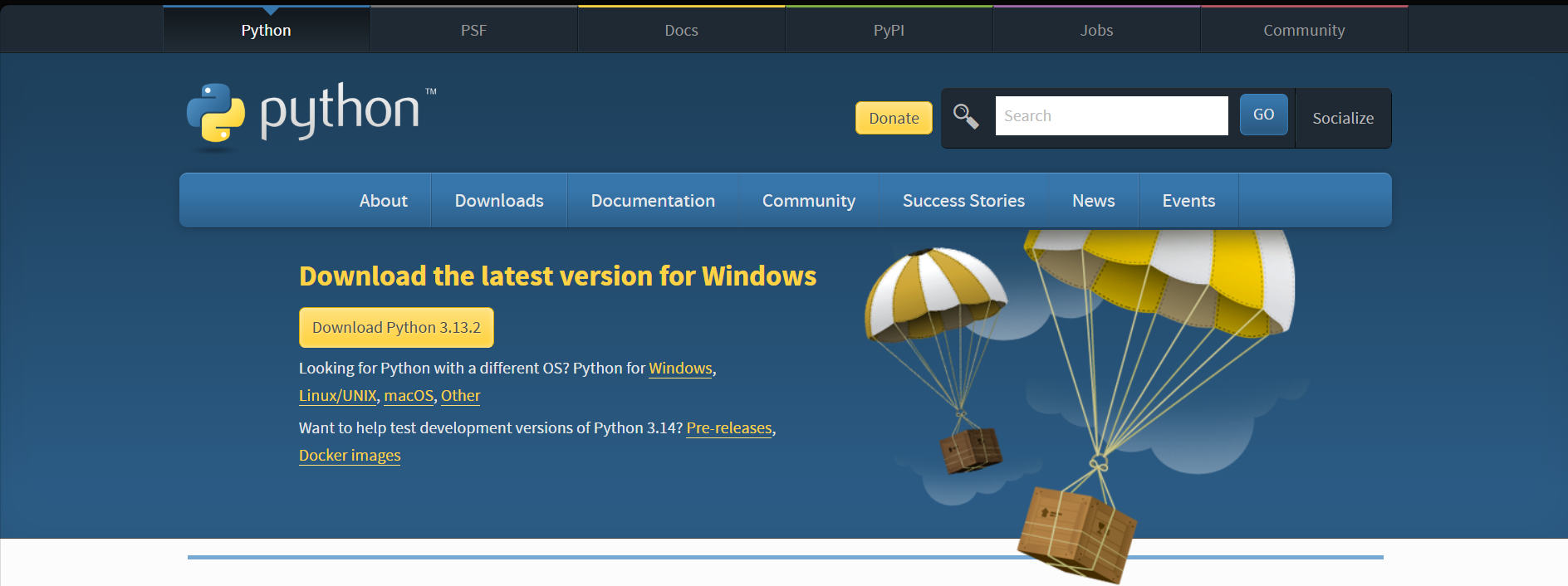
Step 4: Install the uv package manager
Make sure that you have uv installed on your computer. To install it you can run the following command in the terminal.
pip install uvStep 5: Run the WhatsApp Bridge
We're going to start the "whatsapp-bridge" part, this is the Go file.
cd whatsapp-bridge
go run main.goIf successful, it will state the following:
2025/03/30 13:55:15 Server listening on port 8001Step 6: Integrate with Claude Desktop
This is where we connect WhatsApp MCP to Claude.
- Open Claude Desktop and go to Settings.
- Select Developer and click on the settings button to open the claude_desktop_config.json file.
Add the following configuration to the claude_desktop_config.json file:
{
"mcpServers": {
"whatsapp": {
"command": "{{PATH}}/.local/bin/uv", // Run `which uv` and place the output here
"args": [
"--directory",
"{{PATH}}/whatsapp-mcp/whatsapp-mcp-server", // cd into the repo, run `pwd` and enter the output here + "/whatsapp-mcp-server"
"run",
"main.py"
]
}
}
}Important Notes:
- command: You need to replace "{{PATH}}/.local/bin/uv" with the actual path to the uv executable on your system. To find this path, run the command
which uvin your terminal and paste the output here. - args: You need to replace "{{PATH}}/whatsapp-mcp/whatsapp-mcp-server" with the full path to the whatsapp-mcp-server directory on your system. To find this path:
cdinto thewhatsapp-mcpdirectory you cloned earlier.- Run the command
pwdin your terminal. This will print the full path to that directory. - Add
/whatsapp-mcp-serverto the end of that path. - Paste the result into the "args" section.
Step 7: Restart Cursor
Completely close Cursor. Make sure to close it from the task manager (or activity monitor on Mac) to ensure it's fully shut down. Then, restart Cursor.
Part 3: Using WhatsApp MCP
Now that you have everything set up correctly, let's explore some ways you can use WhatsApp MCP.
Use Case 1: Automated Message Sending
You can configure Claude (or other AI models) to send messages on your behalf. For example:
/ask "Send a message to John Doe on WhatsApp: 'Hello, how are you?'"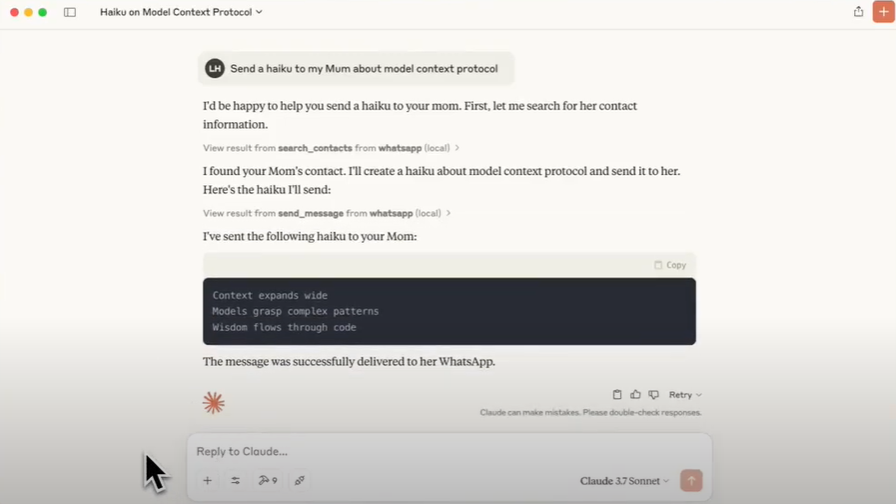
Behind the scenes:
Claude triggers the WhatsApp MCP server.
The server uses the WhatsApp API to send the message.
Use Case 2: Conversation Analysis
You can use Claude to analyze your WhatsApp conversations. For example:
/ask "Analyze the last conversation with Jane on WhatsApp"Claude will process the conversation using AI models and return insights, such as sentiment analysis, topic extraction, and key themes.
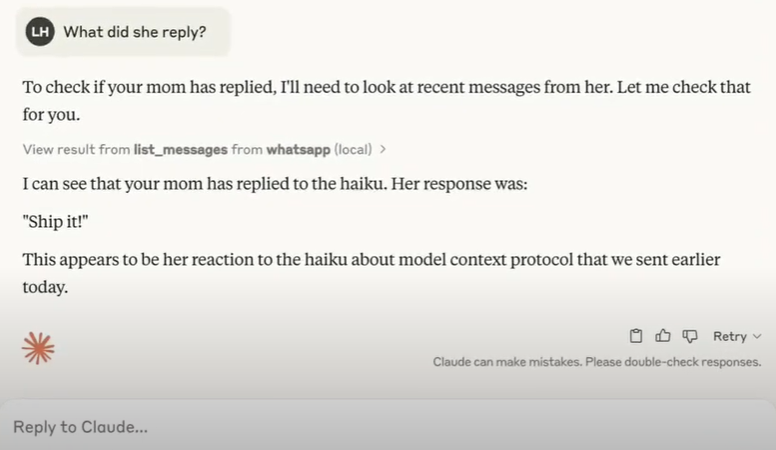
Part 4: Advanced Features & Security
WhatsApp Session Management
WhatsApp MCP allows you to manage multiple WhatsApp sessions programmatically. This includes creating and managing groups, sending files, and retrieving chat history. These are more advanced use cases that require further exploration of the WhatsApp API and MCP documentation.
Security Best Practices
Security is paramount when dealing with personal messaging data. Here are some crucial best practices:
- User Consent: Always obtain explicit consent from users before accessing their WhatsApp data. Transparency is key.
- Data Privacy: Protect user data with appropriate access controls and encryption. Follow data privacy regulations like GDPR and CCPA.
- Tool Safety: Treat tools with caution as they represent arbitrary code execution. Understand the risks involved before running any code.
Part 5: Troubleshooting & FAQs
This section includes common issues and solutions to them:
- "I'm not receiving messages." (Check API keys, server status, network connectivity)
- "Claude isn't responding to my commands." (Verify MCP configuration, check Claude's settings)
- "My WhatsApp account is blocked." (Avoid sending spam or violating WhatsApp's terms of service)
Final Thoughts
You've now successfully set up and tested WhatsApp MCP, opening the door to a world of automated and AI-enhanced messaging. From automating mundane tasks to gaining valuable insights from your conversations, WhatsApp MCP empowers you to leverage the power of AI in your daily communications. This is just the beginning! Experiment with different AI models, explore the WhatsApp API's capabilities, and create custom workflows to truly personalize your messaging experience. Embrace the future of communication with WhatsApp MCP!
